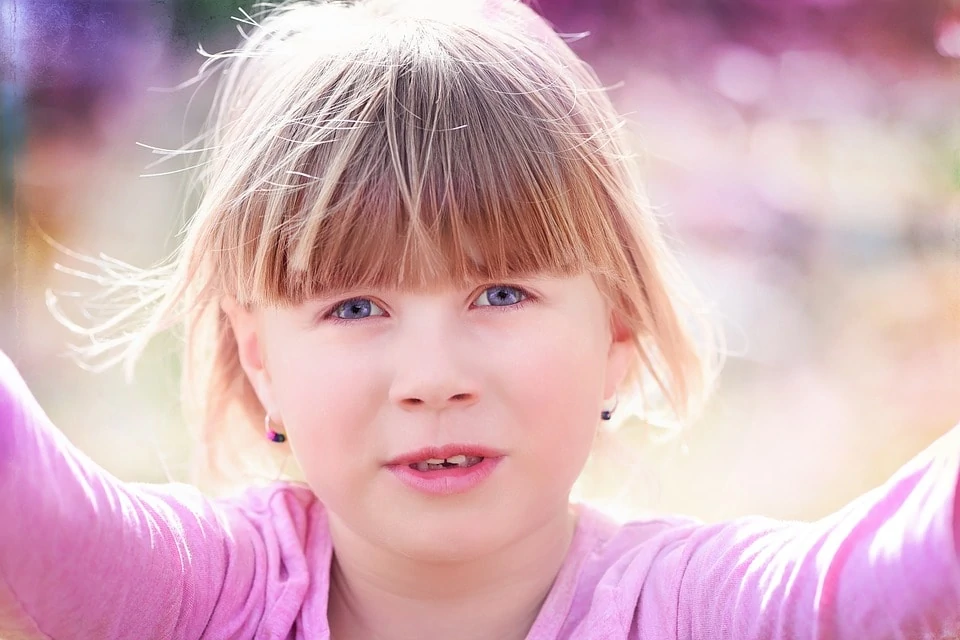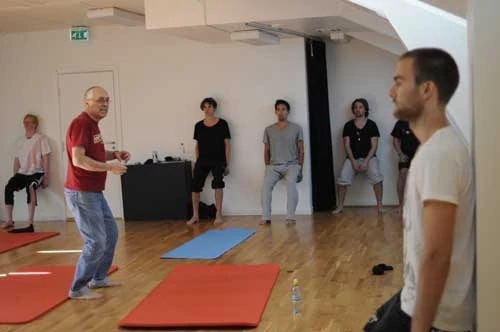As I sat down this morning to write, news came of yet another school shooting. Ten dead. At least a dozen injured. All in that small city outside of Houston traumatized in some way, directly or indirectly.
Countless others of us may experience vicarious trauma to one degree or another through the familiar media onslaught. We feel it as grief, anger, helplessness, fear – perhaps especially by those of us who work in the schools.
We can also see it as a reminder of why we do what we do through Yoga Calm: nurturing the skills of empathy, kindness, compassion and more, which can reduce the likelihood of violence while giving students (and ourselves) the resources we need for resilience when trauma occurs.
Part of the Human Condition
For while violent incidents are dramatic, they are still far rarer than the everyday trauma our students bring into the classroom: abuse, neglect, economic hardship, family medical challenges and homelessness, violent environments, and more.

It can feel like emotional exhaustion or burnout or depression. It can even come to manifest through physical systems such as headaches or gastrointestinal problems as we hold that stress inside.
It also reminds us of one simple, sobering fact: Almost everyone will experience trauma in their life, directly or vicariously. It’s part of the human condition.
Holding Trauma & Stress in the Body
But humans are also resilient and have developed the ability to survive trauma. For despite the harm done, getting through it confirms our strength, courage, and other virtues that help us get through the worst.
It’s not just a matter of toughing it out, though, or turning to soothing activities in hopes they’ll balance out the negative. Both of these are common strategies for self-protection, yet they effectively ignore both the trauma itself and its impact. The trauma stays stored in the body.
“The events of our lives leave physiological imprints on our bodies,” writes Jennifer Sterling in an excellent article over at Tiny Buddha, “ especially when we experience trauma or situations of extreme stress that cause the body to fight, flee, or freeze in order to cope.”
In a perfect world, we would be able to release the trauma or soothe the stress response soon after it was triggered. But we don’t live in a perfect world, so we’re all walking around with physical imprints of past experiences (good and bad) stored in our bodies. Most of us don’t know how to release them because we don’t even realize they exist!
You may feel your body tense up when you have to ask for help or borrow money, or your face may get hot when you’re asked to speak in front of a crowd. The sensation is your body remembering.
It’s remembering a past experience when you asked for help and it didn’t go well. Maybe someone made you feel ashamed because you “should be able to handle it yourself.” Perhaps you were called to the front of your third grade class and asked a question you didn’t know the answer to, so you felt embarrassed and humiliated.
The body doesn’t have words to express itself, so it responds with physical sensations.
Release, then Soothe

Yet when we’re upset, we’re often told to “calm down.” In fact, I’ve had parents tell me that when they said this to their child, offering a breathing sphere to help her bring her body back into control, the child furiously threw the sphere back at them.
Not only did the throwing offer the opportunity for some release; it was perhaps a way to say, “I need you to listen to me first! Then I’ll calm down!”
Being told to calm down can feel condescending. And it doesn’t honor the person’s need to release and be heard. Emotions can be repressed and shame can develop around them.
More productive is to develop a set of tools and strategies for both releasing and soothing. Here are some of the releasing strategies children have told me they do:
- Pillow fights
- Running
- Jumping on a trampoline
- Singing
- Drumming
- Dancing
- Playing an instrument
- Sports
- Cleaning
- Swinging
- Walking
And here’s what they talk about for soothing:
- Cooking
- Cleaning slowly
- Baths
- Slow breathing
- Mindfulness practices
- Singing quietly
- Curling up on the couch
- Reading
- Sleeping
- Snuggling
- Nature
Developing your own set of preferred release and soothing strategies can create a fantastic foundation for self-care when feeling compassion fatigue. You’re not just countering the feelings but allowing your body to express the tension of stress so that the soothing can be that much more effective.






This is a wonderful article. Thank you for your ongoing wisdom and support.
Valerie